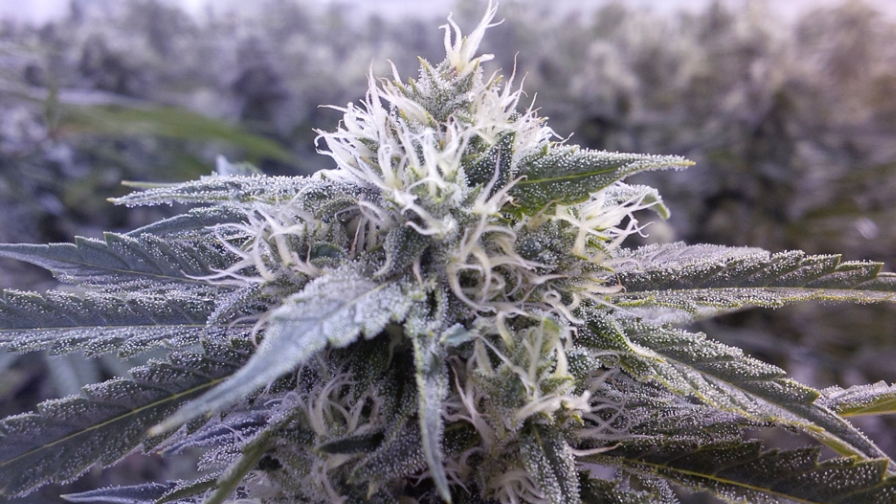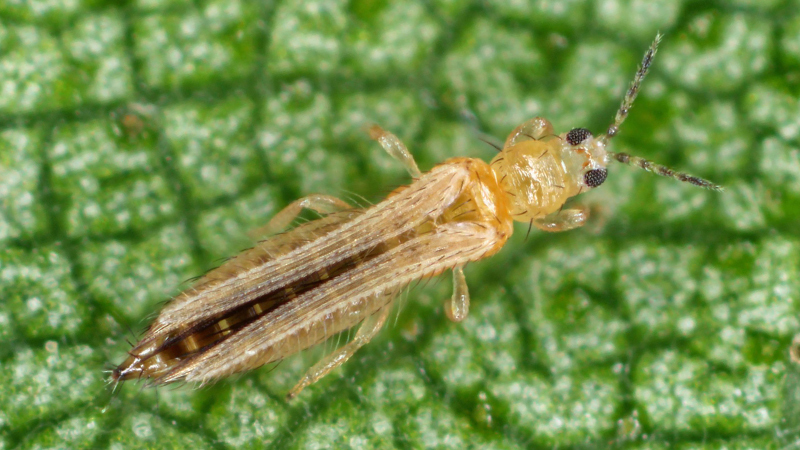Ways to Calculate Water Use and Transpiration Rates for Indoor Cannabis Cultivation
 Entrepreneurs new to cannabis are often shocked by the amount of water that commercial crops consume and the volume of moisture that needs to be removed from indoor grow environments.
Entrepreneurs new to cannabis are often shocked by the amount of water that commercial crops consume and the volume of moisture that needs to be removed from indoor grow environments.
As a sun-loving, warm-weather plant, cannabis consumes a lot of water. Everything from metabolic processes to temperature regulation depends on a reliable water source. Production facilities must have the capacity to generate and store sufficient volumes of irrigation water.
Ironically, most of the water applied to a crop dissipates in the form of evaporation or transpiration. Indoors growers must manage 100% of this moisture or face dire consequences. Sealed grow rooms that exceed optimal humidity levels run the risk of crop losses due to botrytis and powdery mildew infections.
High humidity can also result in the deficiency of non-mobile nutrients vital to healthy plant development, such as calcium.
If you’re starting a new indoor cultivation facility, consider the following advice to ensure that you have an adequate water supply and sufficient dehumidification capacity.
Water Use
One of the challenges of calculating water requirements is the number of variables involved. Plant density, plant size, room temperature, humidity, light intensity, and growing substrate all influence the volume and frequency of irrigation.
Additionally, a company’s cultivation strategy is likely to change over time. A head grower may prefer a low-density planting strategy using a relatively small quantity of large plants, while the next hire may prefer high-density growing with several plants per square foot
How do you estimate water needs in the face of so many potential variables? It’s better to plan for too much capacity than not enough.
A safe rule of thumb is to anticipate a maximum water demand of 1 liter per square foot of flowering plant canopy or ten liters of water per square meter. For a grow room with a 1,000 square foot canopy, be prepared to use 1,000 liters of water each day.
This number is a safe estimate because it’s unlikely that a crop will ever require this much. Only under the most demanding circumstances — high temperatures, high C02, and intense light—will a grower ever need this much water.
Plan on this kind of volume when designing your fertigation system and all of the accouterment such as water reservoirs, leachate holding tanks, and reverse osmosis systems.
This number also provides valuable insight into drain volume. Growers using a run-to-waste system with either coco or peat-based substrates can anticipate about 10% to 15% runoff each irrigation.
A 1,000 square foot grow room will generate a maximum of 100 to 150 liters of runoff each day. This information is critical for your plumbing engineers as they calculate holding tanks, pump strength, flow rates, and pipe sizes to ensure the rapid evacuation of leachate.
With recirculating systems, where leachate is filtered, treated, and reused, these calculations are vital. Knowing the daily drain volumes will help your plumbing engineers appropriately size leachate holding tanks.
Dehumidification
Plants transpire or evaporate about 95% of the water they receive. For commercial indoor growers, this is a lot of water to remove from the air.
The movement of water from the roots through the leaf system of the plant is called transpiration. Every indoor cannabis plant does this — more when the lights are on, less when the lights are off.
Water that dissipates from the grow media or bench surface is called evaporation. The warm temperatures and bright lights of the grow room quickly evaporate standing water and remove moisture from the upper layers of the grow media.
The amount of dehumidification capacity required is pretty straightforward to calculate. Ninety-five percent of the water given to the crop will need to be removed from the air.
However, this doesn’t need to happen all at once. Most coco or peat substrates are irrigated about every two days, so the dehumidifiers will need to work hard during the first 12 hours, less during the next 12, and then very little over the next 24 hours.
When calculating dehumidification needs, remember that AC units also dry the air. However, this is usually only relevant during the lights-on cycle. Air conditioning units typically don’t need to cool indoor grow rooms when the lights are off.
How should start-ups calculate their dehumidification needs? The safest and smartest way is to use experts.
Many engineering firms specialize in cannabis grow room design, and lots of heating, cooling, air conditioning, and dehumidification (HVACD) companies offer specialized equipment that caters to indoor cannabis growers.
Their technology differs from standard air-handling equipment since few commercial or residential installments need to contend with the water vapor generated inside an indoor grow facility.
Cultivation businesses that shun the great outdoors and choose to grow inside will reap the benefits of a 100% controlled environment, but building that perfect facility takes serious planning.
Collaborate with plumbing and HVACD experts early in the development phase to ensure that your facility can provide your crop with the water it needs without the humidity that it doesn’t.









